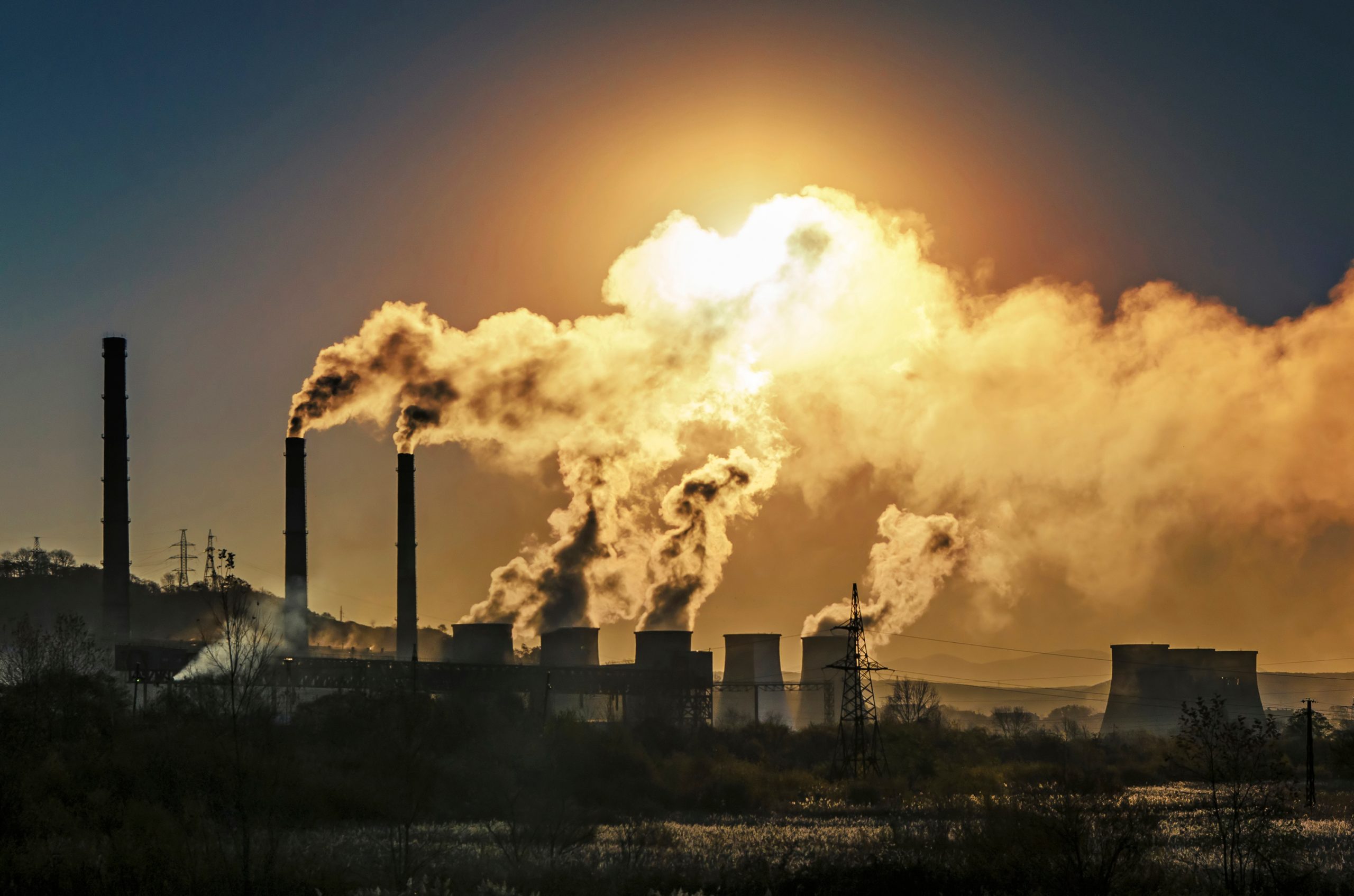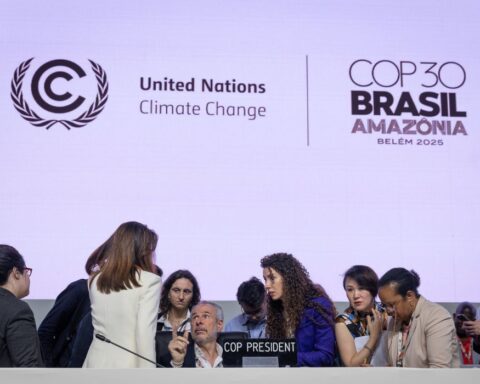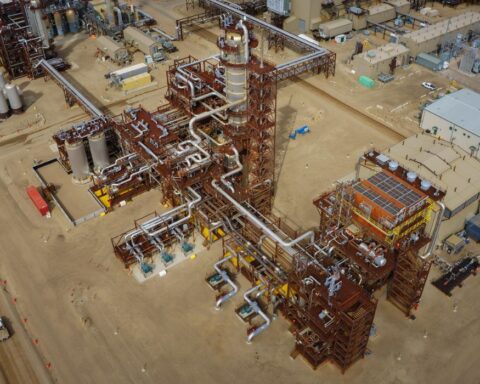When it comes to low-hanging fruit in the climate fight, methane is ripe for the picking.
Methane may have a lower profile than carbon dioxide, but the notoriously underreported greenhouse gas is a key driver of climate change. According to the International Energy Agency (IEA), it is responsible for 30% of the rise in global temperatures since the Industrial Revolution. This makes blunting its impact crucial for global climate action.
And yet, as the IEA notes in the latest Global Methane Tracker, key opportunities to curb the potent gas – which has 28 times more heat-trapping power than carbon dioxide – are being squandered. In its annual report, the international agency providing advice and research on the energy transition notes that some 30% of methane emissions from the fossil fuel sector could have been avoided at no net cost because the gas can be captured and sold. And by using existing technology, processes as simple as plugging leaky equipment, fossil fuel methane emissions could be slashed by 70%.
Targeted methane-abatement procedures in the fossil fuel sector alone would prevent roughly a 0.1°C rise in global temperatures by 2050, the IEA says, which is akin to eliminating all the carbon dioxide emissions from heavy industry worldwide. “Methane abatement is a crucial opportunity to reduce near-term global warming at a time when temperatures worldwide have set record highs for two years in a row,” the agency says.
The amount of methane in the atmosphere is now more than two-and-a-half times greater than pre-industrial levels, the report states. In relative terms, methane levels have been rising more quickly than all other major greenhouse gases. The growth is mainly due to human activities – in particular oil, gas and coal production and agriculture and waste sectors – but evidence also suggests that natural habitats such as wetlands are contributing to atmospheric methane as the warming climate speeds up the breakdown of organic matter.
All told, the fossil fuel sector is responsible for nearly one-third of methane emissions from human activity. Record production means that emissions have remained at around 120 million tonnes annually. Abandoned oil and gas wells and coal mines that were improperly sealed also produce emissions. The planet is littered with as many as eight million abandoned onshore oil and gas wells, half of them in the United States, which also has an estimated 250,000 abandoned coal mines. A recent study in Canada found that methane leaks from decommissioned oil and gas wells is seven times greater than government reports. An even greater source of methane emissions – nearly 18 million tonnes – comes from the incomplete combustion of biomass such as charcoal, wood, agricultural waste and animal dung for cooking and heating in developing economies.
But we can’t know what we don’t measure. And in the case of methane, this is alarmingly clear. “Little or no measurement-based data is used to report methane emissions in most parts of the world,” the IEA says.
The picture is now becoming clearer, however, thanks to more than 25 methane-tracking satellites orbiting the earth. Using this data alongside scientific studies and measurement campaigns, the IEA has been able to piece together estimates of methane emissions that are 80% higher than global reports. The satellites were able to detect a sharp increase in very large methane leaks in oil and gas facilities in 2024.
The gap between reality and disclosure is narrowest in Europe, the IEA says, because countries regularly submit inventories and some producers publish reports. Countries and companies in other regions are moving to improve findings, and Canada was singled out recently for updated methodology that has led to an increase of more than 35% in the volume of “fugitive emissions” identified from oil and gas operations.
Still, significant gaps remain. That’s especially the case in parts of the world where satellites have trouble gathering data, such as Venezuela, which has extensive cloud cover, or Russia, where snow and ice obscure clear views of methane leaks.
“Oil and gas methane emissions can be reduced by around 75% through well-known measures such as LDAR [leak detection and repair] programmes, upgrading leaky and high-emitting equipment or plugging leaky wells,” the IEA notes. “In the coal sector, methane emissions could be halved through effective coal mine methane utilisation in mines, or by deploying flaring or oxidation technologies when energy recovery is not viable. Achieving universal access to clean cooking and modern heating would eliminate the vast majority of emissions from the incomplete combustion of bioenergy.”
The report also touches on the controversial question of natural gas as a transition fuel. Specifically, when compared to coal, natural gas results in 35% fewer greenhouse gas emissions than coal. “Nonetheless, ‘beating’ coal on environmental grounds sets a low bar for natural gas, especially since there are lower-emissions – and often lower-cost – alternatives to both fuels,” it notes. Wind and solar are already cheaper options in many markets.
The Weekly Roundup
Get all our stories in one place, every Wednesday at noon EST.







